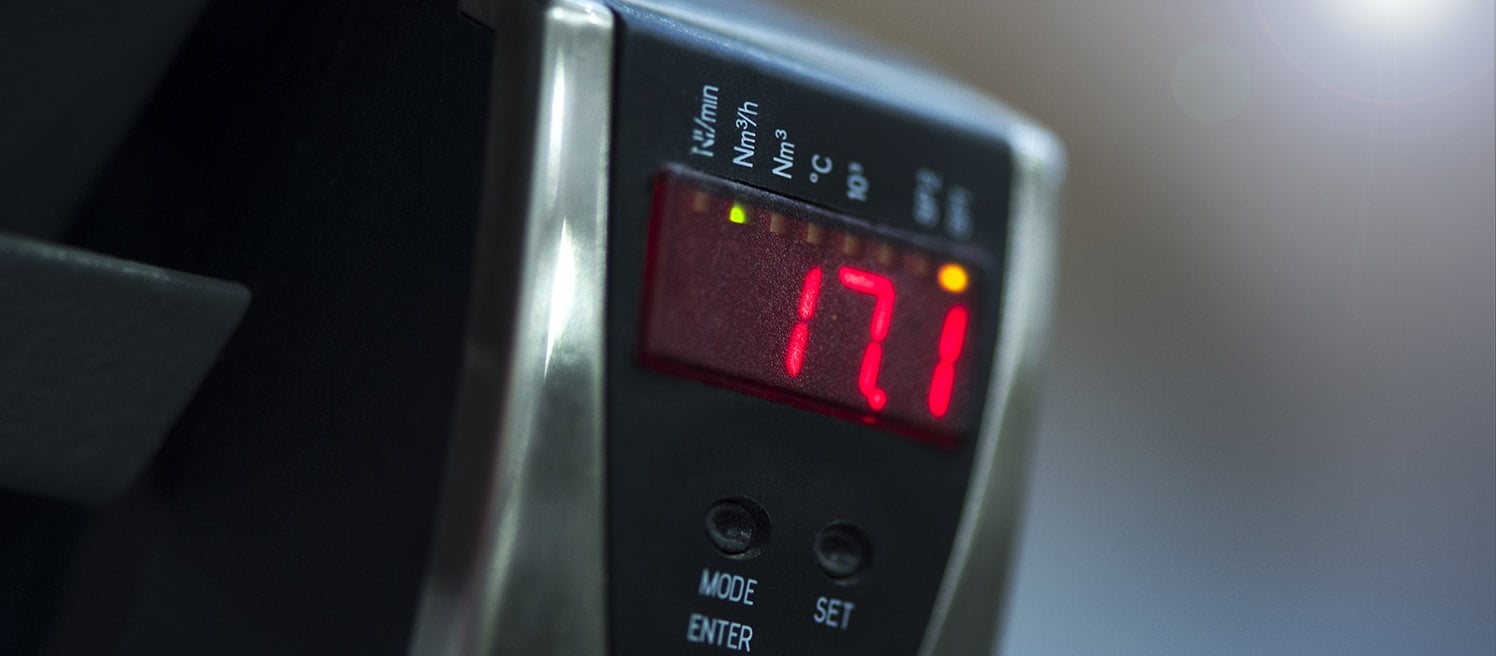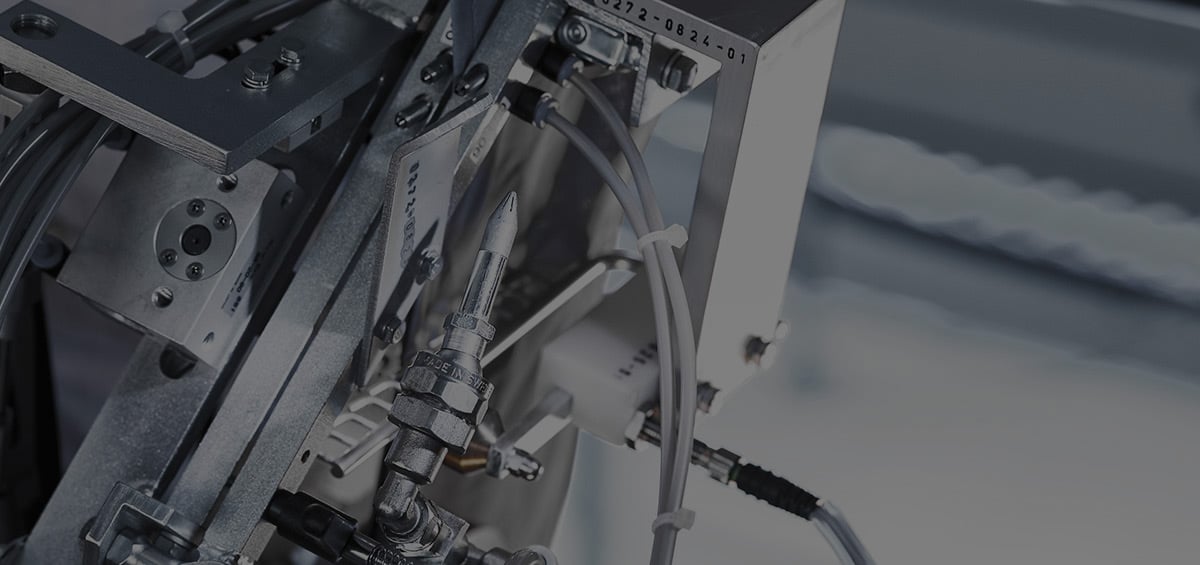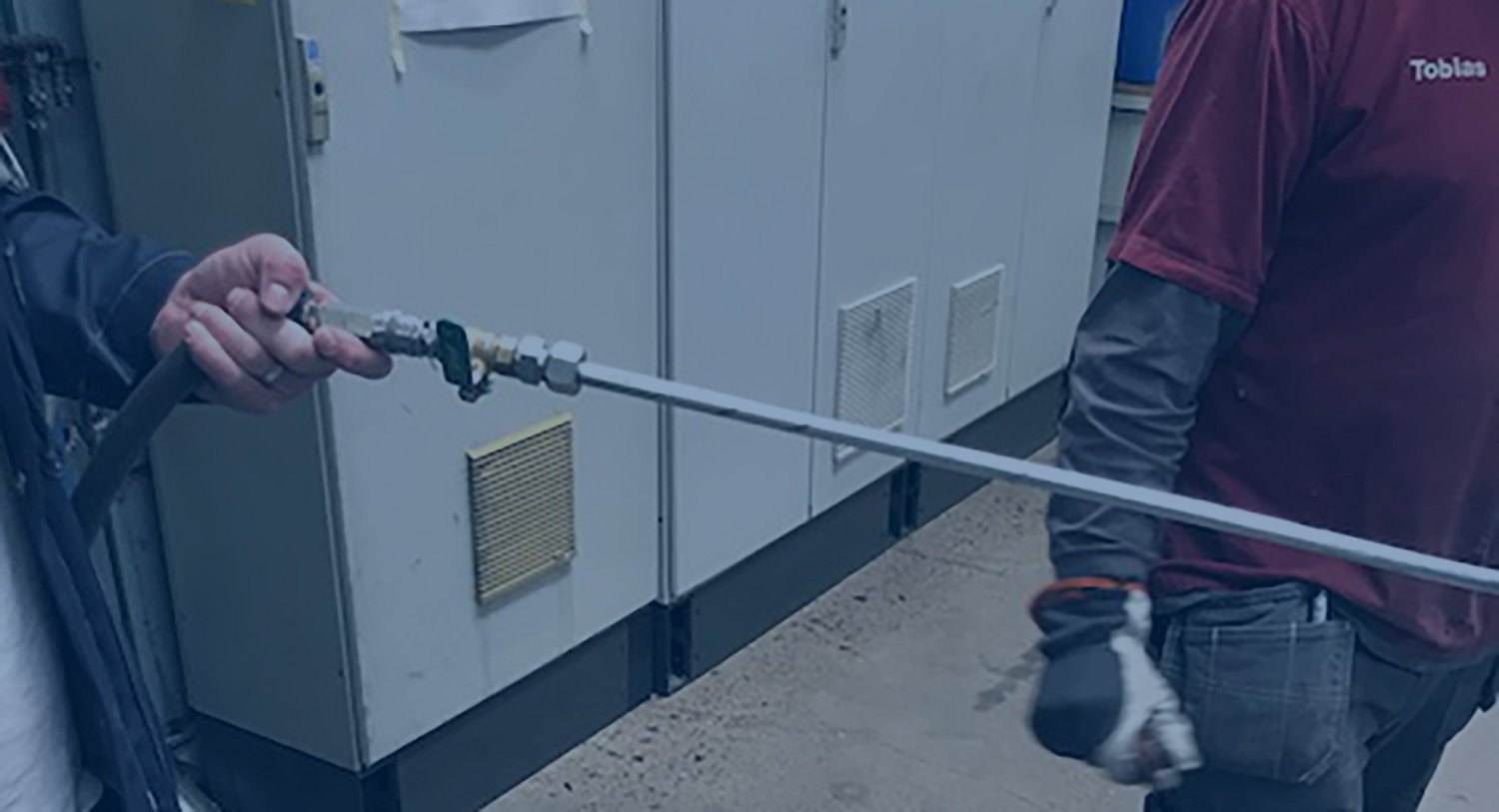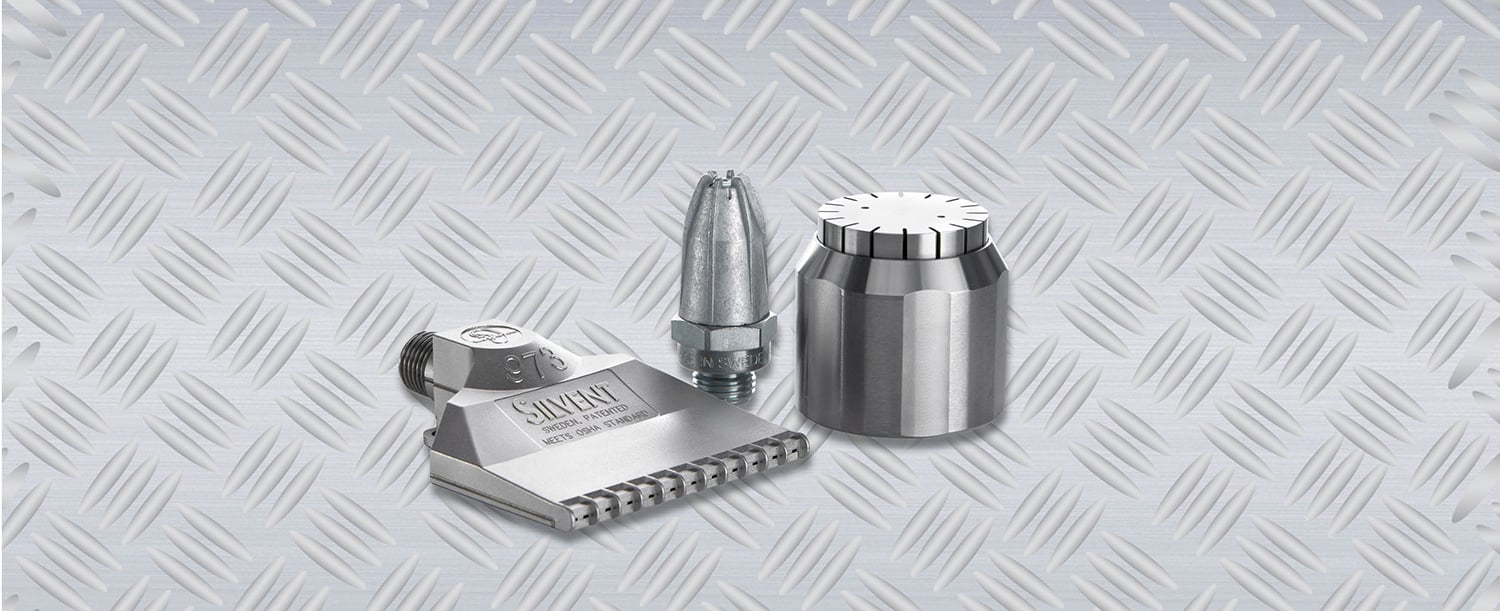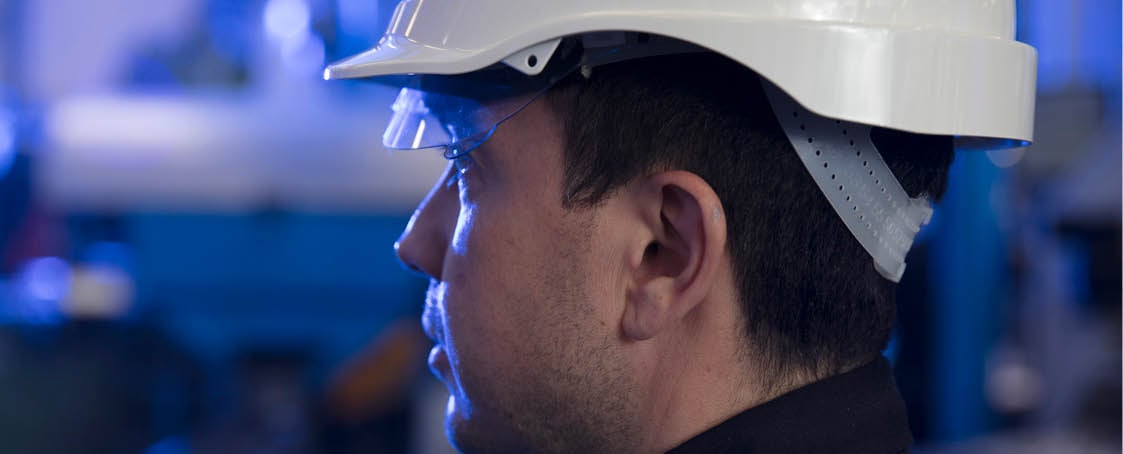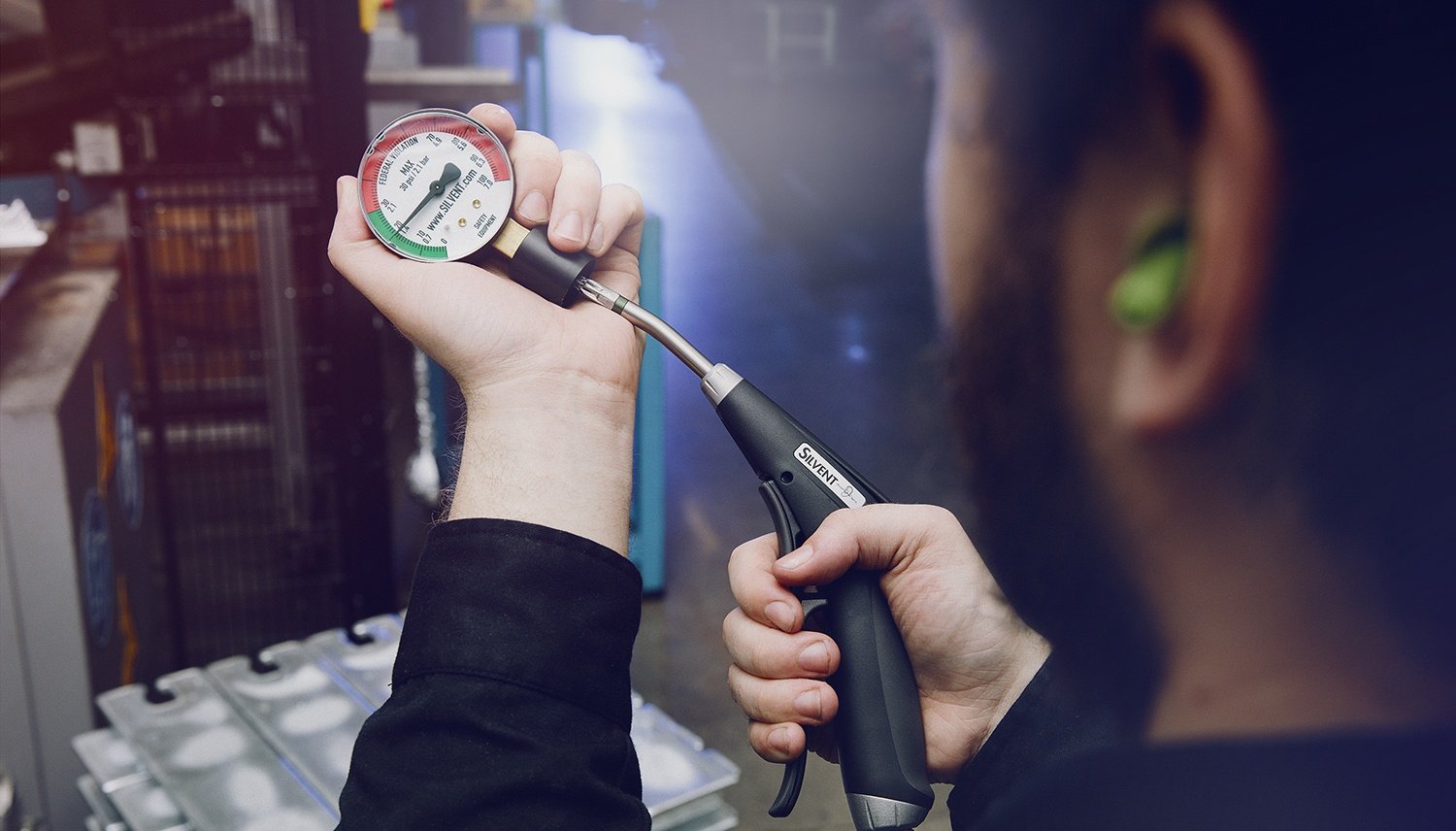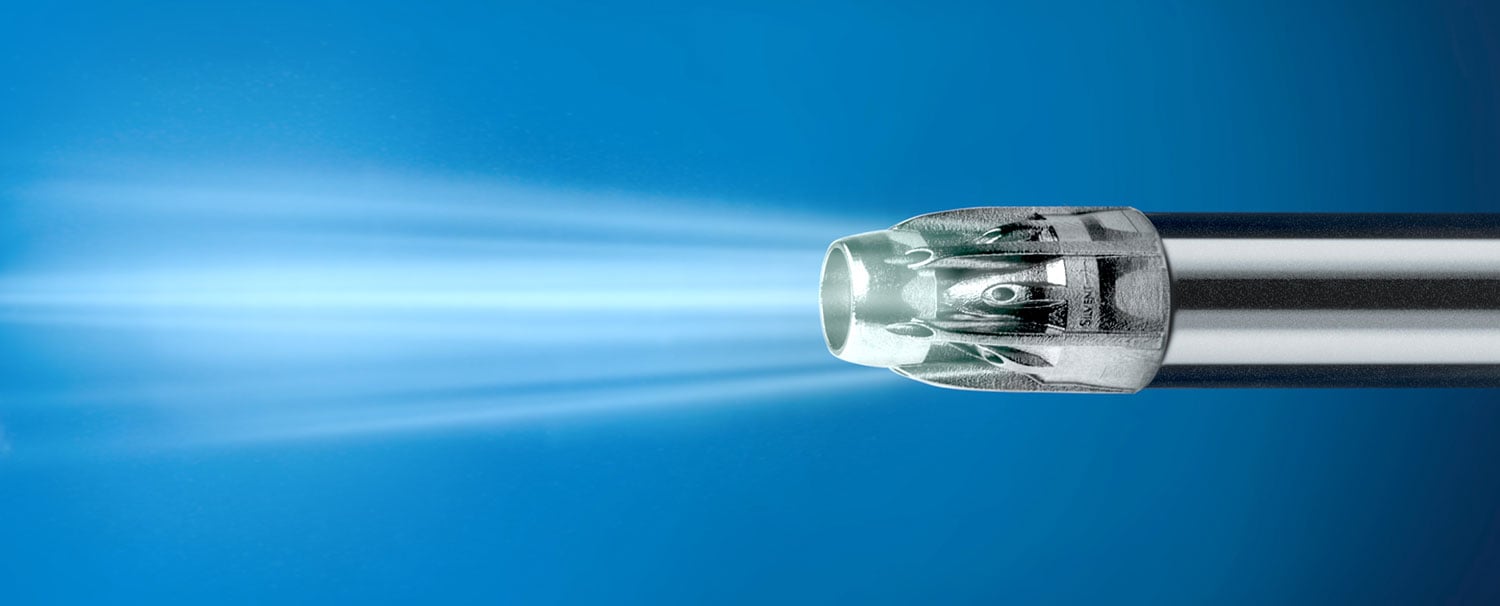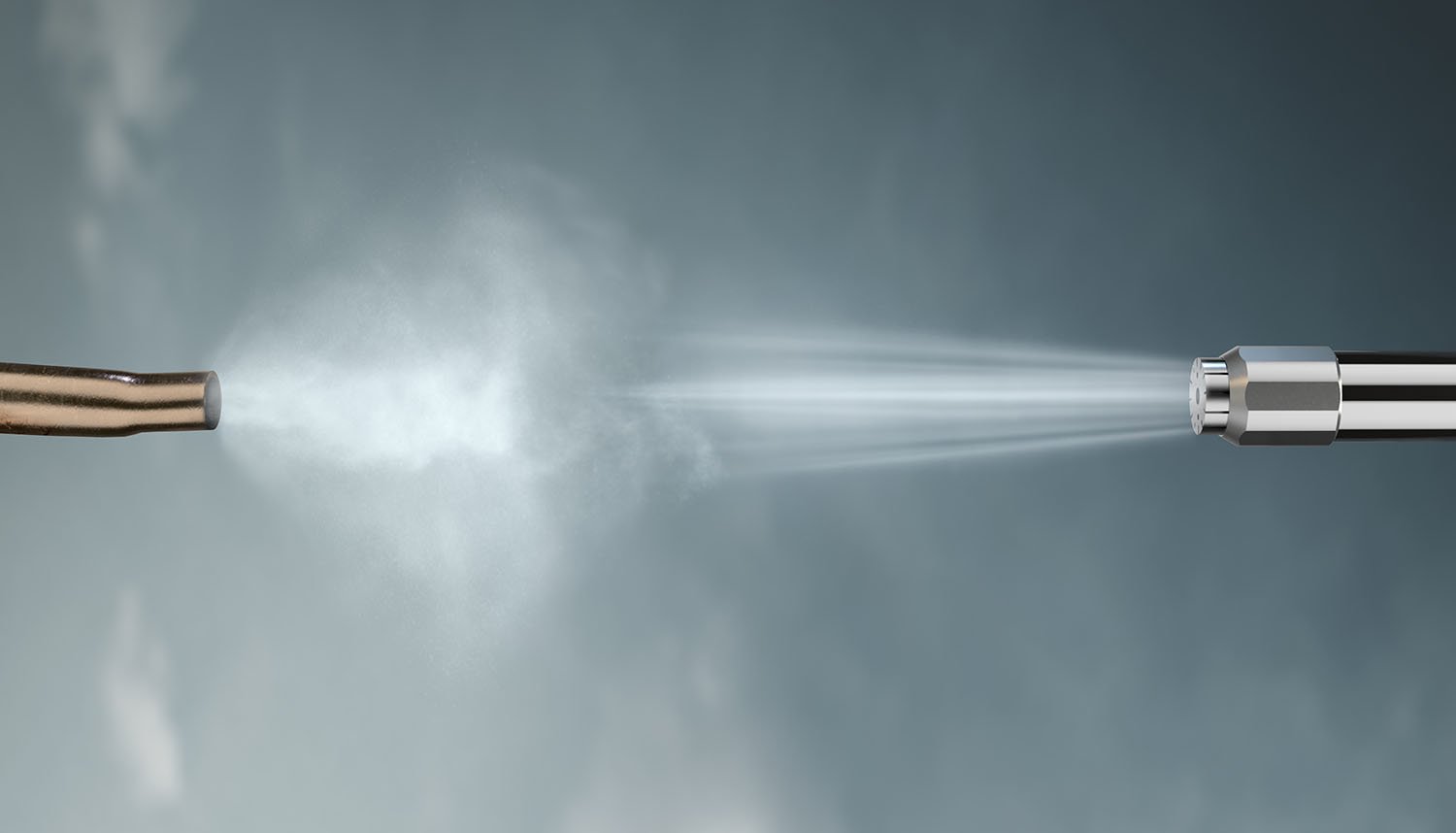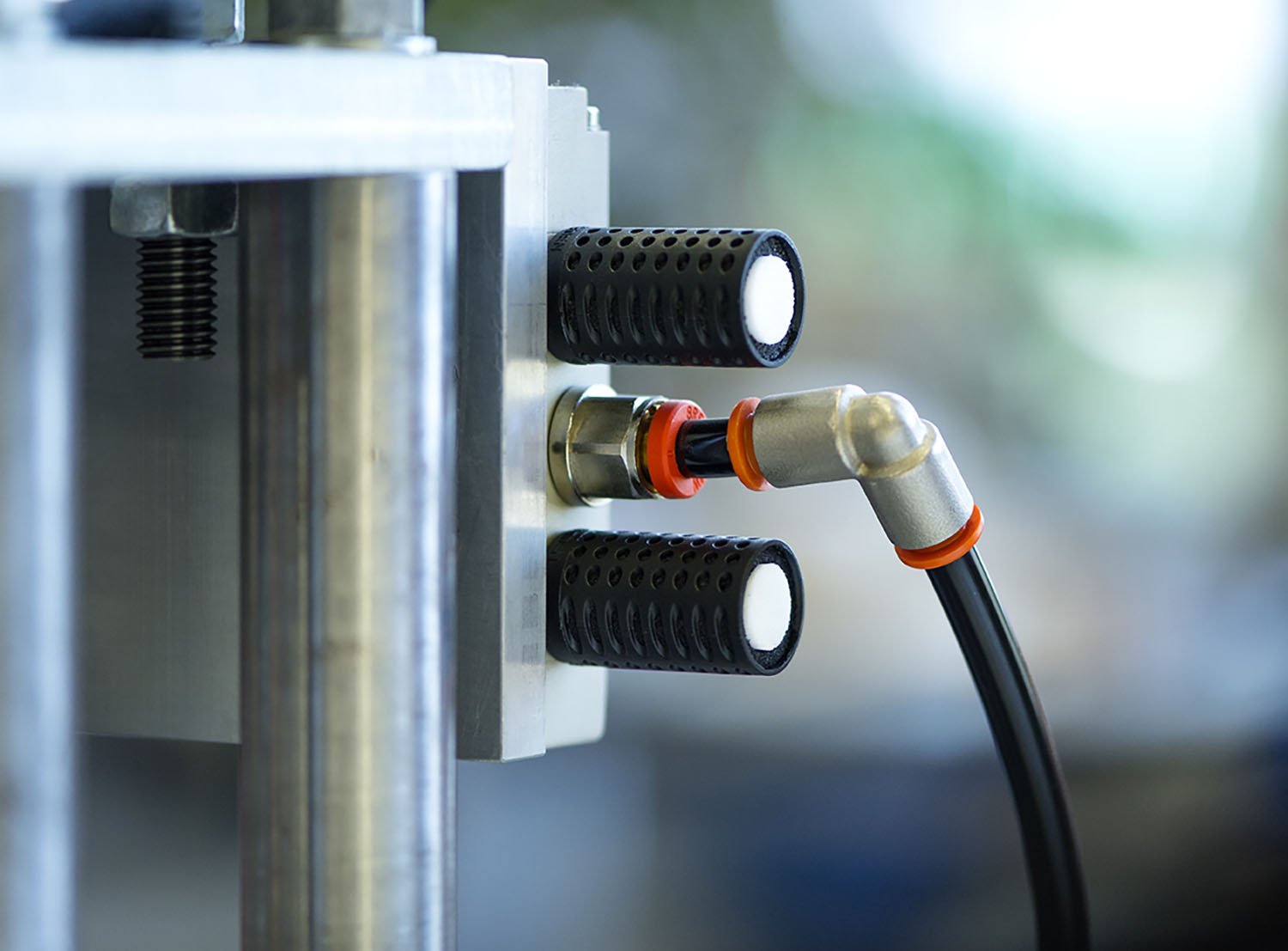3 work situations when it can be good to use an air blow gun with an extension pipe:
1. When you want to increase the safety distance
There is a big risk of eye injuries when cleaning with compressed air. Chips and smaller particles can often bounce back towards the operator and cause injuries. An air blow gun with a longer air blow gun pipe gives the operator a longer safety distance, which decreases the risk of eye injuries.
2. When you need extra reach
When blowing off machines and other narrow spaces, it can be good to use an air blow gun with an extension pipe. The extra length makes it easier to reach the blowing area, but it also increases the safety, since the operator does not need to stretch into the danger zone.
3. When you need to improve the work position
With a longer air blow gun pipe it is possible to keep an ergonomic and straight working position during the whole blowing operation.
There are a lot of risks associated with blowing with compressed air, but the safety can be increased if an air blow gun with an extended air blow gun pipe is used. Thanks to the extra reach, the operator can take one step away from the blowing area and increase the safety distance. This minimizes the risk of body injuries, eye injuries and hearing loss.








